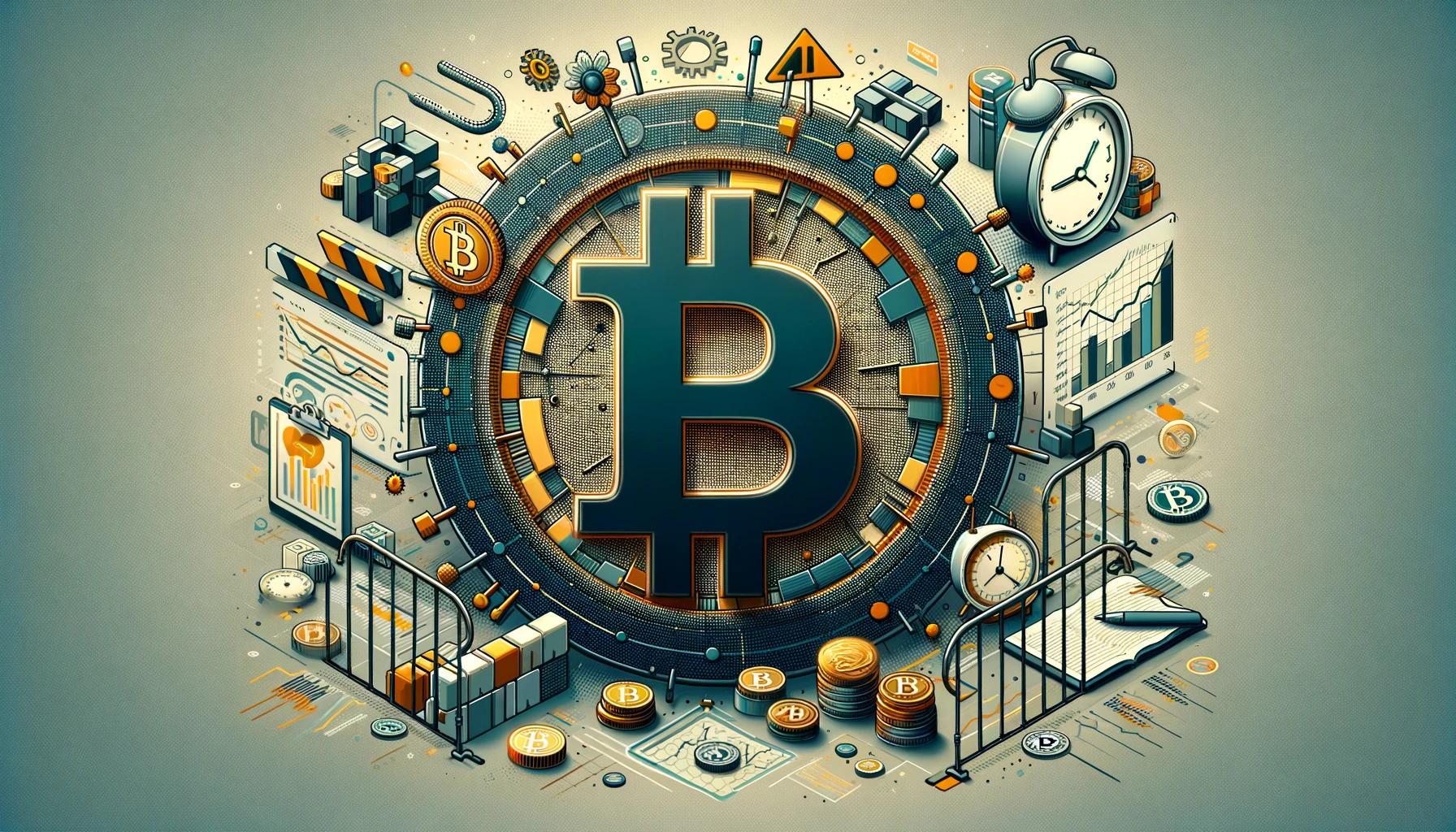China has recently reported on achieving a milestone in its developments on transacting its first international trade on crude oil. In the world of financial investment, a groundbreaking development has been realized as China’s largest gas and oil company, PerthChina uses digital Yuan in its first oil payment.
Digital Yuan, also termed as the Digital Currency Electronic Payment (DCEP) is the digital currency bank of China (CBDC). It is a brainchild of the People’s Bank of China (PBOC) that has followed China’s forefront proceedings on promoting its digital currency as a modernized financial system. This has helped evade the changes of using the US Dollar including regulatory constraints.
Digital Yuan used by PetroChina
In a recent report, PetroChina was noted for buying 1 million barrels of crude oil that were settled at the Petroleum and Natural Gas Exchange (SHPGX) in China using e-CNY. PetroChina (0857) is China’s largest petroleum organization.
China Daily reported the organization’s recent developments on the purchase made on October 18. These reports were also confirmed in a newspaper report by the Chinese Communist Party. However, SHPGX did not publicly disclose the value of the deal and kept the identity of the seller concealed as well.
Digital Yuan is being marketed by China in hopes of evading challenges brought by the USD intermediary as well as expanding its interactional reach. As such, the development of the first international purchase of crude oil covers a unique checkpoint for the expansion of the Renminbi.
As of the end of June, e-CNY transactions hit 1.8 trillion, which accounts for $250 billion. This also included 0.16% of the digital assets in circulation
The digital Yuan invocation was sparked by China’s move to establish and enhance its financial inclusion in the global economy. Additionally, digital currency is designed to be accessible to all individuals in society, including those without traditional banking accounts. As such, this development aligns with the vision of financial inclusion for citizens in China.
Impact of the recent trade
The significant milestone has secured China’s agenda of de-dollarizing its economy and relying on its own currencies in conducting trade. Recent developments work in hand with the reduced influence brought about by international transaction, and this also works to achieve China’s vision as well as reduce its exposure to the volatile USD currency.
The China National Petroleum Corporation (CNPC) subsidiary, PetroChina, showcases returns on China’s proceedings on marketing its digital Yuan. Moreover, the move is a significant development that showcases the government’s efforts to encourage the adoption of the CBDC.
Following the digital Yuan international payment ripples across the financial and energy market are expected. This is based on its impact that might favor the potential incentivization of similar global energy titans to follow their trend. This would cause a decrease in the USD confidence and lessen its monopoly influence in the energy and financial sectors.
An advantage realized from the payment is increased market liquidity that has the potential to cut transaction costs. The developments have shown the digital Yuan’s power in insulating against intermediaries like USD.
The rent events have shown the influence of China’s international finance, and the move indicates the region’s strategic move in aspirations of diversifying its currency reserves and having more control over its trades and economy.
On the downside, there are various challenges that face the adoption of CBDC, one being resistance from countries that are still confident in the US Dollar. In addition, there are certain regions still skeptical about data sharing privacy and the government’s involvement in controlling associated cryptocurrencies. The region has responded to this, stating its prompt action in approaching the security and privacy issues raised.





